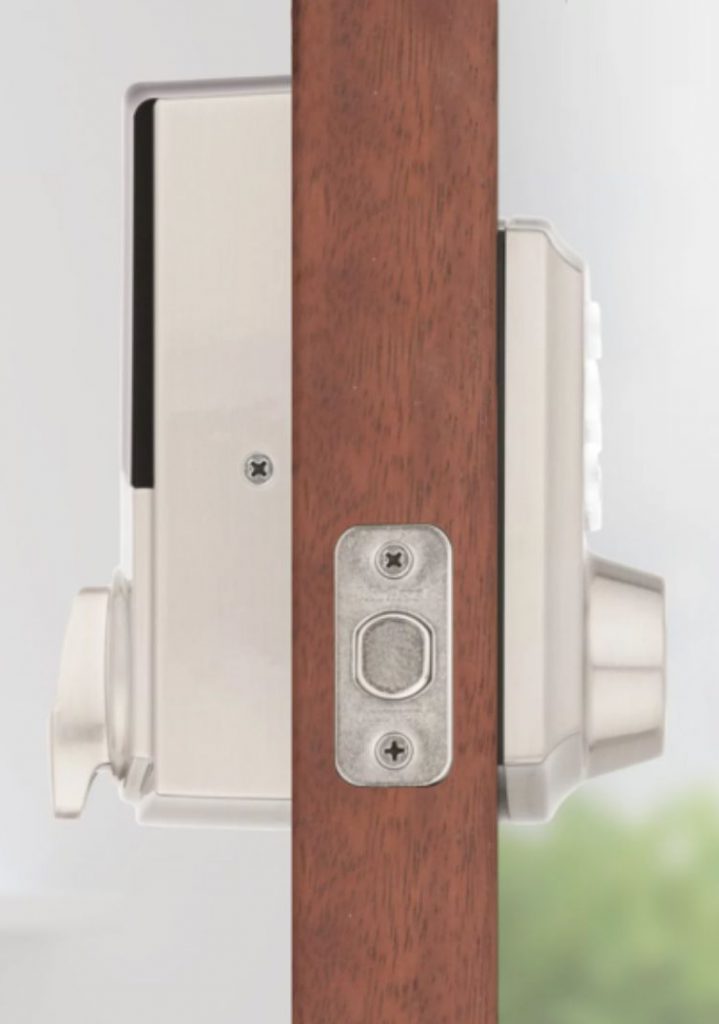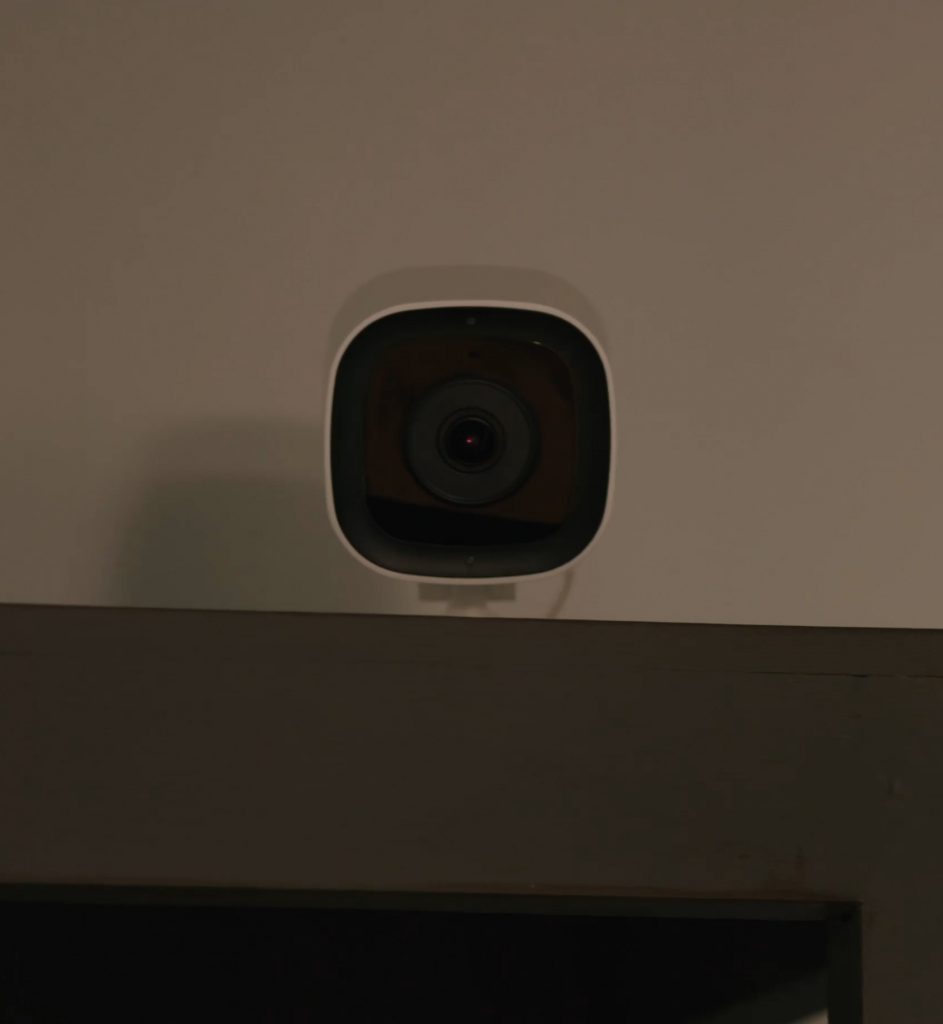Burglars often look for weak spots—unlocked doors, hidden entry points, or signs that no one’s home. And they typically choose homes that seem like easy targets.
Fortunately, you don’t need to overhaul your entire property to stop them. With a dependable home security system and a few smart habits, you can dramatically reduce your risk of a break-in. This guide covers the most common vulnerabilities burglars exploit—and how to protect your home before they ever get the chance.

When it comes to home burglary, there are many indicators that burglars look for as they scout out potential targets. But across the board, one general theme rises to the top: When burglars plan a break-in, they don’t just pick a fancy neighborhood and stop there. It’s sneakier (and scarier) than that.
Secure the Exterior to Deter Burglars Early
Burglars often scan a home’s exterior for signs of weakness—or protection. Just seeing a security system in place is often enough to send them looking elsewhere. In fact, studies show that over 60% of burglars will avoid a home if they spot an alarm system.
To strengthen your first line of defense:
- Display yard signs and window stickers in visible areas
- Use outdoor cameras with deterrent features like lights, beeps, or voice alerts
- Set up “tripwires” with video analytics that notify you when someone crosses a designated zone.
Guardian’s outdoor security cameras offer these features and more, including perimeter guard alerts that proactively warn intruders before they attempt to enter. Small visual cues can make a big impact—and might stop a break-in before it even starts.
Protect the #1 Entry Point: Your Front Door
It may sound surprising, but the front door is the most common entry point for burglars. That’s why it should be the first place you secure.

Here’s how to strengthen it:
- Smart locks let you lock and unlock your door remotely, set schedules, and receive alerts if it’s left unsecured
Video doorbells notify you when someone approaches, allow you to speak through two-way audio, and help deter unwanted visitors - Door sensors detect when a door is opened and immediately alert Guardian’s 24/7 monitoring center if your system is armed
Together, these tools create a layered defense—monitoring activity, controlling access, and ensuring that any intrusion attempt triggers a swift response.
Fortify Your Windows Against Break-Ins
Windows are one of the most vulnerable points in any home—especially those on the ground floor. They’re often overlooked, but burglars know how easy it can be to slip through an unlocked or poorly secured window.
Here’s how to protect them:
- Glass break sensors detect the unique sound frequency of shattering glass, triggering an alert and prompting a quick response from Guardian’s monitoring center
- Door and window contacts monitor if windows are opened when your system is armed
- Air conditioning units should be reinforced with brackets, window locks, and steel braces to prevent push-ins or removals
- Monitored vented windows allow limited opening for ventilation while keeping the system armed
- For second-story windows, trim tree branches and store ladders indoors to reduce climbable access points
Don’t Overlook Other Break-In Points
While the front door and windows are the most obvious vulnerabilities, burglars often look for other entry points — especially around the first floor.
Strengthen these access points with:
- Indoor security cameras to monitor side doors, back entries, and transitional spaces like mudrooms
- Alarm-triggered recording and two-way audio so you can investigate and respond immediately if movement is detected
- Smart garage door openers that let you confirm your garage is closed and even shut it remotely
- Sensor-equipped doors throughout the first floor to ensure every entry is accounted for when the system is armed
Your home security strategy should cover more than just the obvious spots — especially since burglars are banking on you to overlook the rest.

Garage doors are another way that burglars might try to gain entry. Specifically, if you leave your garage door open by accident, home invaders may take advantage of this mistake. To avoid this, you can use a smart garage door opener can ensure that you never leave your garage door vulnerable again. You can not only check to make sure that your garage door is closed, but it also allows you to open or close it remotely when needed.
Outsmart Passive Burglary Tactic
Not all break-ins happen by force—some start with subtle signals. Burglars often look for signs that a home is empty, like:
- Uncollected newspapers or mail
- Flyers or stickers left on the door to test if anyone removes them
- No lights on at night or a pattern of inactivity
To reduce your risk:
- Use video doorbells to monitor your porch and watch for suspicious drop-offs
- Set up smart plugs or light schedules that mimic normal activity when you’re away
- Ask a neighbor to collect mail or packages if you’re gone for several days
Making your home look lived-in—even when it’s not—is one of the simplest ways to deter opportunistic intruders.
Don’t Let Your Home Be an Easy Target
Even in quiet, well-kept neighborhoods, burglaries happen. Intruders don’t just look at zip codes—they look for homes that appear unprotected or unattended.
The good news? You don’t need to turn your home into a fortress. By combining smart security devices with a few proactive habits, you can significantly reduce your risk.
From monitored door sensors and cameras to simple routines like light timers and mail pickups, it’s the layers of defense that make the difference. When you cover the basics and let technology fill in the gaps, burglars are far more likely to move on.
FAQ
What are the most common entry points for burglars?
Burglars most often target the front door, first-floor windows, and back doors. These areas should be prioritized with smart locks, door/window sensors, and security cameras to help prevent easy access.
How can I make my home look occupied when I’m away?
Use smart plugs to automate lights and electronics, have a neighbor collect mail, and avoid letting packages pile up. These tactics give the impression that someone is home and can deter opportunistic burglars.
Do home security systems really deter burglars?
Yes. Multiple studies have shown that homes with visible security systems—like cameras, signs, or alarms—are far less likely to be targeted by burglars looking for an easy score.
Are motion sensor lights effective in preventing break-ins?
Motion-activated lights can startle would-be intruders and make them visible to neighbors or cameras. They’re a proven, cost-effective deterrent, especially in dark entry areas.
What mistakes make a home more vulnerable to burglary?
Leaving spare keys outside, failing to lock doors or windows, and oversharing travel plans on social media are all common mistakes that can make your home a more attractive target.

